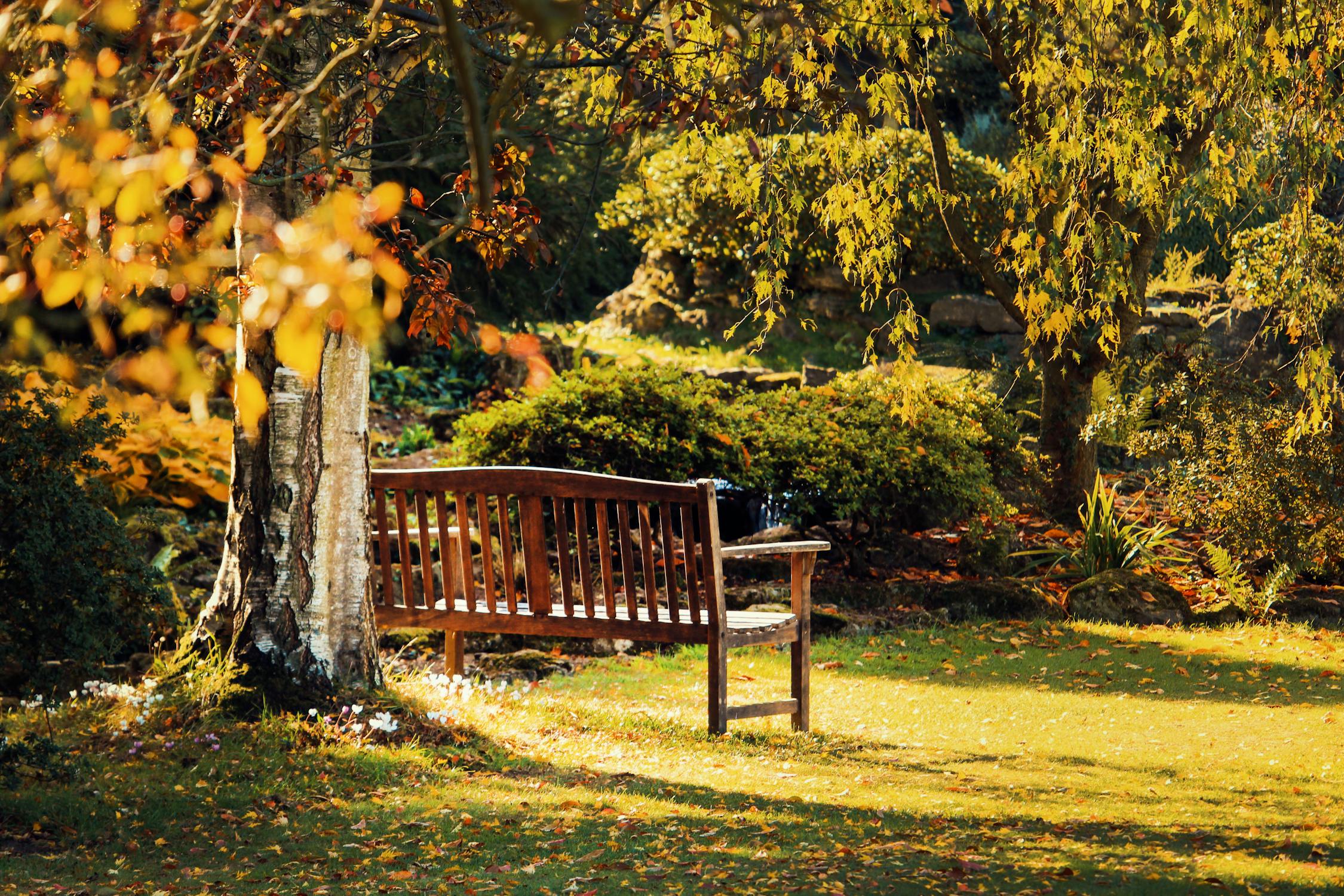Hardscaping vs. Softscaping: Finding the Right Balance

Creating an aesthetically pleasing and functional outdoor space involves a careful balance between hardscaping and softscaping. Hardscaping refers to the use of non-living elements such as stone, wood, and concrete, while softscaping involves living elements like plants, flowers, and grass. Striking the right balance between these two can transform any outdoor area into a harmonious and enjoyable environment.
Understanding Hardscaping
Hardscaping encompasses all the inanimate elements in landscape design. This includes patios, walkways, retaining walls, water features, and outdoor kitchens. These components provide structure and functionality to the outdoor space.
One of the primary benefits of hardscaping is its durability. Materials like stone and concrete can withstand various weather conditions and require less maintenance compared to living elements. Additionally, hardscaping can help manage water runoff and prevent erosion by providing solid pathways for drainage.
Hardscape features also add value to a property. A well-designed patio or outdoor kitchen can enhance the usability of the space, making it more attractive for potential buyers. According to HGTV, investing in quality hardscaping can yield a significant return on investment.
The Role of Softscaping
Softscaping includes all the horticultural elements in landscape design. Trees, shrubs, flowers, and lawns fall into this category. These living components add color, texture, and vibrancy to an outdoor area.
One key advantage of softscaping is its ability to improve air quality and promote biodiversity. Plants absorb carbon dioxide and release oxygen, contributing to a healthier environment. They also provide habitats for various wildlife species.
Another benefit is the aesthetic appeal that plants bring to a space. Different plant species offer a variety of colors and textures throughout the year. For instance, blooming flowers in spring can create a lively atmosphere, while evergreens ensure greenery even in winter.
Balancing Hardscaping and Softscaping
Achieving a balanced landscape requires thoughtful planning and design. The goal is to create a seamless blend where both elements complement each other rather than compete for attention.
Here are some tips for finding the right balance:
- Plan your layout: Start with a detailed plan that outlines where each element will be placed. Consider factors like sunlight exposure, soil type, and water drainage.
- Use focal points: Incorporate focal points such as a water feature or a beautiful tree to draw attention and create visual interest.
- Mix materials: Combine different materials for variety. For example, use gravel pathways with stone borders or wooden pergolas with climbing plants.
- Maintain proportion: Ensure that neither hardscaping nor softscaping overwhelms the other. A patio should not dominate the entire garden space; similarly, avoid overcrowding with plants.
Sustainability in Landscaping
Sustainable landscaping practices are essential for creating eco-friendly outdoor spaces. This involves using materials and plants that require minimal resources and maintenance.
Drought-resistant plants are an excellent choice for reducing water usage. Native plants are often well-adapted to local climates and soil conditions, requiring less irrigation and fertilization.
Recycled materials can be used in hardscaping to reduce environmental impact. For example, reclaimed wood or recycled concrete pavers are sustainable alternatives that add character to the design.
A Case Study: Blending Hardscape and Softscape Elements
A practical example of balancing hardscape and softscape elements can be seen in urban garden designs. In cities where space is limited, creating multifunctional areas becomes crucial.
| Element | Description |
|---|---|
| Pergola with Vines | A wooden pergola provides shade while climbing vines add greenery and aesthetics. |
| Paving Stones with Ground Cover | Paving stones form paths or patios while ground cover plants fill gaps, reducing soil erosion. |
| Water Feature with Surrounding Plants | A small pond or fountain serves as a focal point surrounded by moisture-loving plants. |
The Importance of Professional Assistance
While DIY projects are popular, consulting with professional landscapers can ensure a well-balanced design that meets all functional and aesthetic requirements. Experts have knowledge of plant species suitable for specific environments and can recommend durable materials for hardscaping.
A professional assessment helps in identifying potential issues like improper drainage or soil incompatibility early on. They also provide valuable insights into sustainable practices that homeowners may overlook.
Achieving harmony between hardscaping and softscaping is crucial for creating appealing outdoor spaces that are both functional and beautiful. By carefully planning and integrating these elements thoughtfully, you can enjoy an outdoor area that enhances your lifestyle while being environmentally responsible. Combining expert advice with personal preferences ensures that your landscape remains balanced throughout the seasons.